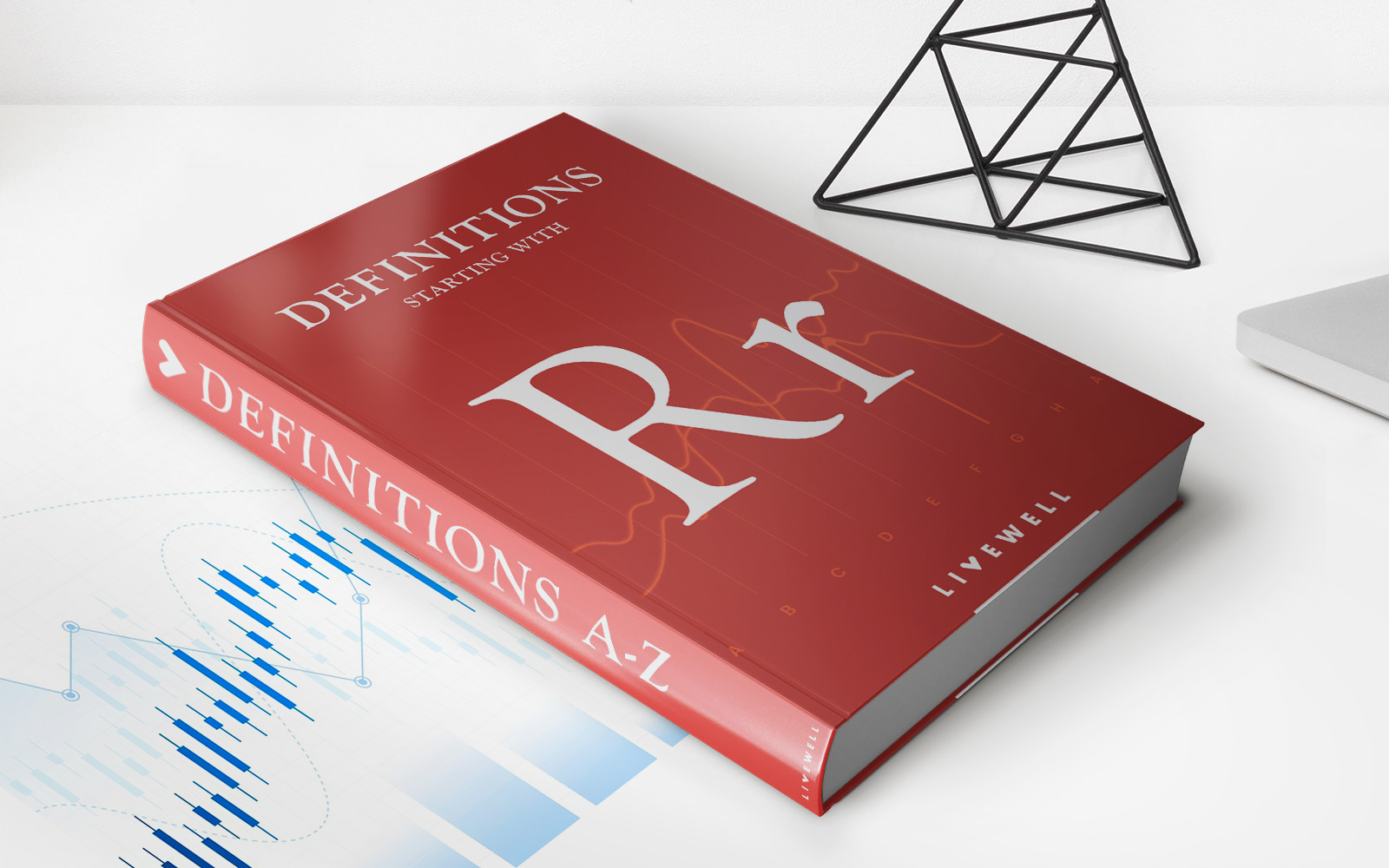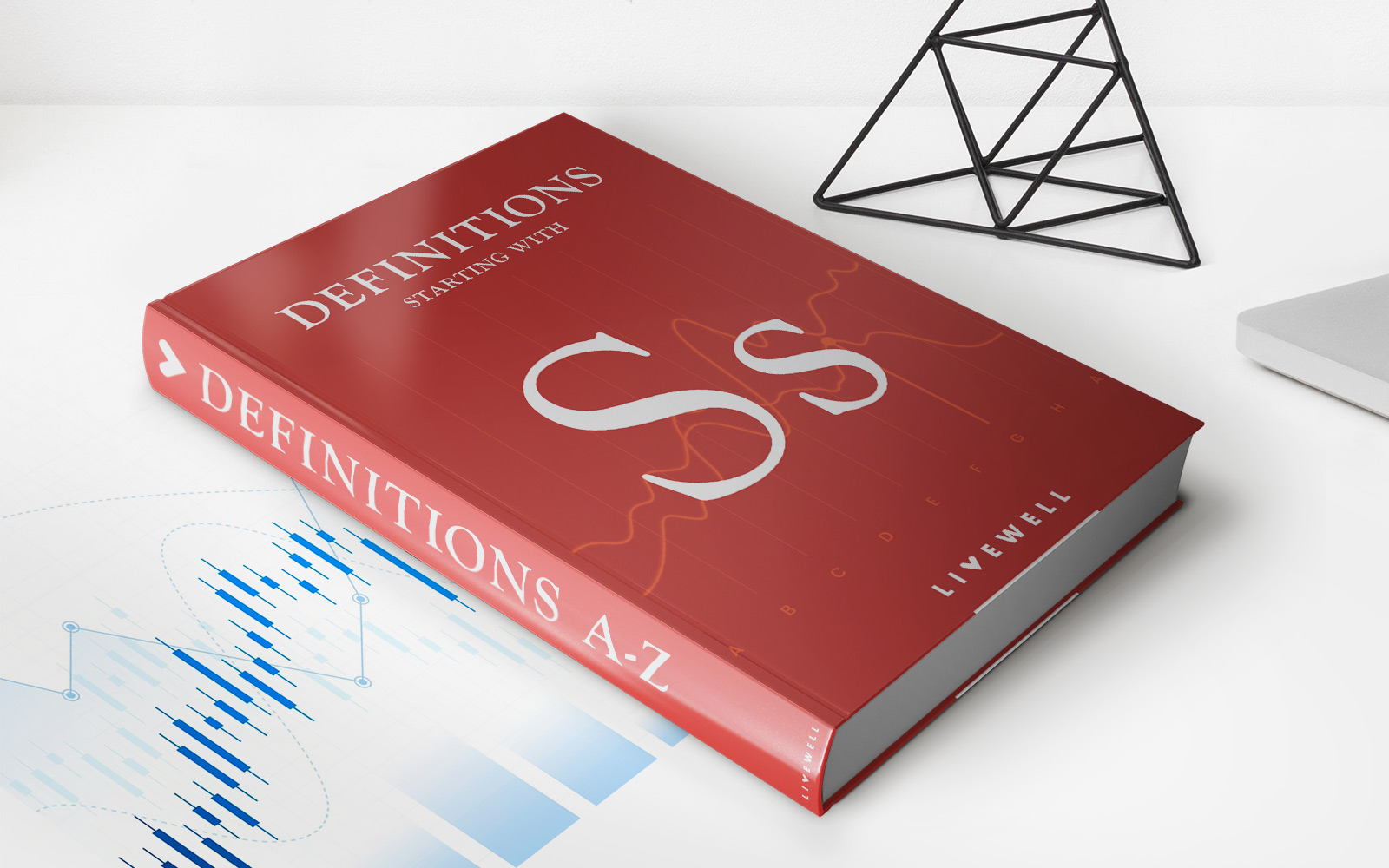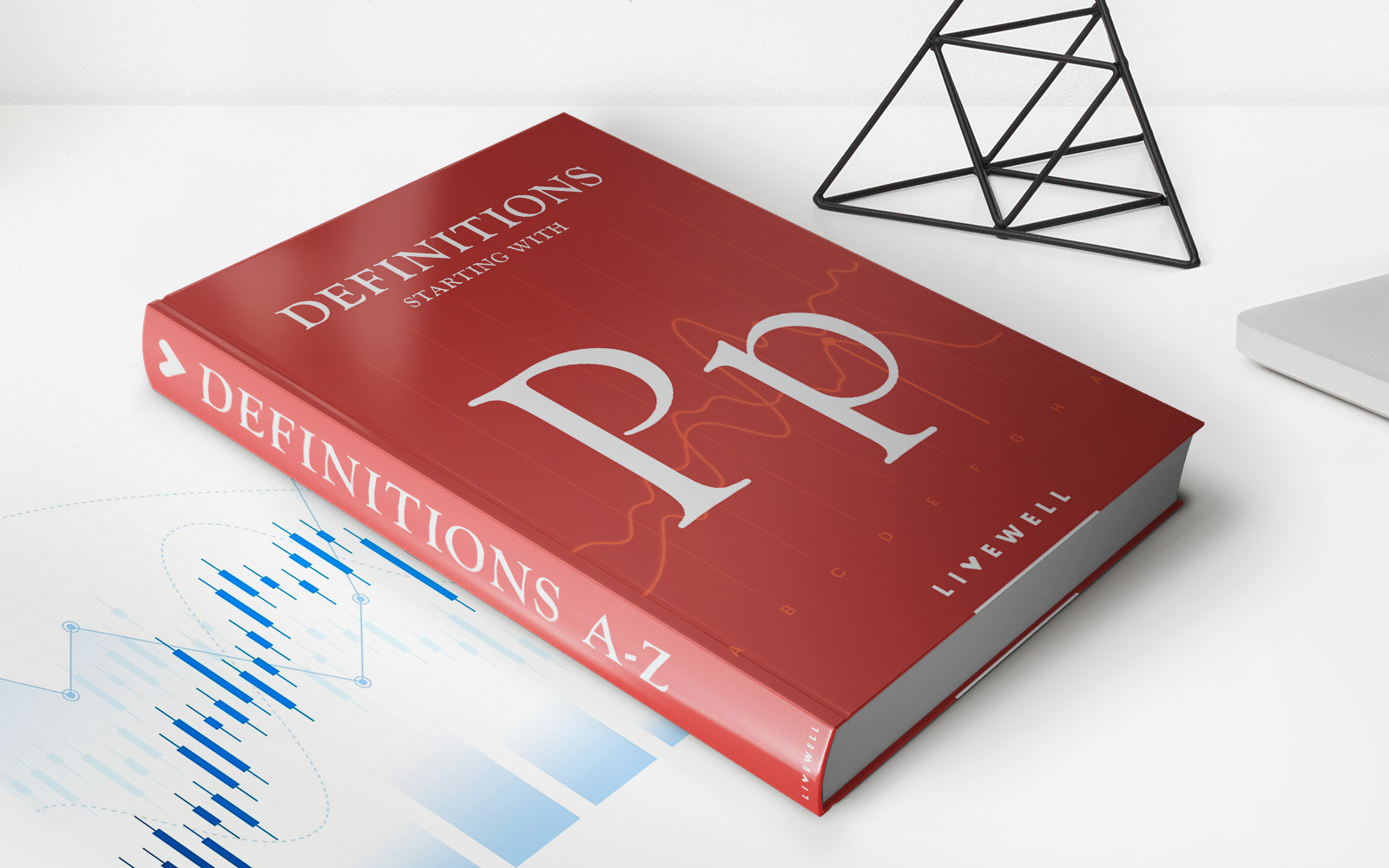Home>Finance>What Types Of Loans Are Covered Under The Military Lending Act?


Finance
What Types Of Loans Are Covered Under The Military Lending Act?
Published: February 18, 2024
Learn about the types of loans protected by the Military Lending Act and how it impacts military personnel. Get expert advice on finance options for service members.
(Many of the links in this article redirect to a specific reviewed product. Your purchase of these products through affiliate links helps to generate commission for LiveWell, at no extra cost. Learn more)
Table of Contents
Introduction
The Military Lending Act (MLA) is a federal law designed to protect active-duty service members, their spouses, and dependents from predatory lending practices. Enacted in 2006, the MLA imposes specific limitations and requirements on certain types of consumer credit extended to covered borrowers. The primary objective of the MLA is to safeguard military personnel from high-cost loans and potentially exploitative financial products, thereby promoting financial readiness and stability within the armed forces.
The MLA's significance extends beyond individual service members to encompass the overall military readiness and morale. By shielding military families from unscrupulous lending practices, the MLA aims to mitigate financial stress and distractions that could compromise the well-being and focus of service members, especially during deployments and other demanding assignments.
This article explores the types of loans covered under the Military Lending Act, shedding light on the specific financial products subject to its regulatory provisions. By delving into the scope of the MLA, we aim to provide a comprehensive understanding of the protections afforded to service members and their families in the realm of consumer lending. Moreover, we will examine the implications of the MLA for both lenders and borrowers, elucidating the compliance requirements and potential impacts associated with covered loans. Understanding the nuances of the MLA is crucial for lenders operating in the consumer credit space, as well as for military personnel seeking transparent and fair lending options.
As we navigate through the intricacies of the Military Lending Act, it becomes evident that its provisions play a pivotal role in upholding the financial well-being of those serving in the armed forces. By ensuring access to responsible and affordable credit, the MLA contributes to the overall stability and resilience of military families, aligning with broader efforts to support the readiness and effectiveness of the U.S. military.
Overview of the Military Lending Act
The Military Lending Act (MLA) is a federal statute that imposes regulations on certain types of consumer credit extended to active-duty service members, their spouses, and dependents. The MLA aims to shield military personnel from predatory lending practices by imposing a cap on the annual percentage rate (APR) and including other protective measures. Under the MLA, creditors are prohibited from charging more than a 36% APR on covered loans, which encompasses a wide range of financial products, including payday loans, auto title loans, and refund anticipation loans.
Beyond APR limitations, the MLA encompasses additional safeguards, such as prohibiting mandatory arbitration clauses, ensuring clear and accurate disclosure of loan terms, and prohibiting the use of a vehicle title as security for covered loans. These provisions collectively seek to promote transparency, fairness, and affordability in the consumer credit extended to covered borrowers.
The MLA applies to a broad spectrum of consumer credit, including payday loans, deposit advance loans, vehicle title loans, refund anticipation loans, installment loans, unsecured open-end lines of credit, and credit cards. By encompassing various forms of credit, the MLA aims to provide comprehensive protection to service members and their families, mitigating the risks associated with high-cost, exploitative lending practices.
It is essential for lenders to ascertain the covered borrower status of applicants to ensure compliance with the MLA. Covered borrowers include active-duty members of the Army, Navy, Air Force, Marine Corps, or Coast Guard, serving on active duty under a call or order that does not specify a period of 30 days or fewer, and their dependents. Moreover, the MLA extends its protections to qualifying reservists and National Guard members serving under specific orders.
Understanding the scope and implications of the MLA is crucial for both lenders and service members, as compliance with the statute is paramount for creditors engaging in consumer lending. By delving into the specifics of the MLA, we gain insight into the regulatory framework designed to safeguard the financial well-being of military personnel and their families, thereby reinforcing the stability and readiness of the U.S. armed forces.
Types of Loans Covered Under the Military Lending Act
The Military Lending Act (MLA) encompasses a diverse array of consumer credit products, aiming to protect covered borrowers from potentially exploitative lending practices across various financial instruments. Understanding the specific types of loans covered under the MLA is essential for both lenders and service members, as compliance with the regulatory provisions is instrumental in upholding the financial well-being of military personnel and their families.
1. Payday Loans: Payday loans, often characterized by short terms and high costs, are subject to the regulatory restrictions of the MLA. These loans typically require borrowers to repay the amount borrowed, plus a fee, from their next paycheck. The MLA’s 36% APR cap applies to payday loans extended to covered borrowers, ensuring that these short-term, high-cost loans do not impose an undue financial burden on military personnel and their families.
2. Vehicle Title Loans: Vehicle title loans, which involve using a vehicle’s title as collateral, fall within the purview of the MLA. These loans are typically marketed as short-term solutions for individuals in need of quick cash, but they often carry exorbitant APRs and significant risk of repossession. Under the MLA, creditors are prohibited from charging covered borrowers more than 36% APR on vehicle title loans, providing a crucial safeguard against predatory lending practices.
3. Refund Anticipation Loans: Refund anticipation loans, often offered by tax preparation companies, provide borrowers with funds based on their anticipated tax refunds. These loans, which are subject to the MLA’s regulatory constraints, typically carry high fees and interest rates. By imposing an APR cap of 36% on refund anticipation loans extended to covered borrowers, the MLA mitigates the potential financial harm associated with these high-cost credit products.
4. Installment Loans: Installment loans, characterized by fixed payments over a predetermined period, are included in the scope of the MLA. These loans may be secured or unsecured and can encompass various purposes, including personal expenses, home improvements, or debt consolidation. By regulating the APR on installment loans extended to covered borrowers, the MLA aims to foster responsible and affordable lending practices within the consumer credit landscape.
5. Unsecured Open-End Lines of Credit: Unsecured open-end lines of credit, such as certain types of personal lines of credit, are subject to the MLA’s provisions. These credit products, which do not require collateral, fall within the regulatory framework of the MLA, ensuring that covered borrowers are not exposed to excessively high costs and exploitative terms.
By delineating the specific types of loans covered under the Military Lending Act, we gain a comprehensive understanding of the regulatory scope aimed at safeguarding the financial well-being of active-duty service members, their spouses, and dependents. The MLA’s provisions encompass a diverse range of consumer credit products, reflecting its commitment to promoting transparency, fairness, and affordability in the lending practices directed toward covered borrowers.
Exemptions and Exceptions
While the Military Lending Act (MLA) encompasses a wide array of consumer credit products, it is important to note that certain exemptions and exceptions exist within the regulatory framework. Understanding these nuanced provisions is crucial for both lenders and covered borrowers, as they delineate specific scenarios in which the MLA’s regulatory constraints may not apply.
1. Residential Mortgages: One notable exemption under the MLA pertains to residential mortgages. Loans secured by a dwelling are generally exempt from the MLA’s provisions, provided that they are extended for the purchase or construction of the dwelling. This exemption acknowledges the distinct nature of residential mortgage lending and aligns with the overarching objective of facilitating homeownership opportunities for covered borrowers.
2. Vehicle Financing: The MLA also includes exceptions related to vehicle financing. Loans to finance the purchase of a motor vehicle or personal property, secured by the vehicle or property being purchased, are exempt from the MLA’s APR cap and other restrictions. This exception recognizes the importance of access to affordable vehicle financing for covered borrowers, thereby supporting their mobility and transportation needs.
3. Other Exemptions: Additionally, the MLA provides exemptions for certain types of credit, such as loans to finance the purchase of personal property when the credit is secured by the property being purchased. Furthermore, loans that are expressly intended to finance the purchase of personal property when the loan is secured by the property being purchased are exempt from the MLA’s regulatory constraints.
It is important for lenders to navigate these exemptions and exceptions with precision, ensuring compliance with the MLA while also recognizing the specific scenarios in which certain types of credit may fall outside the statute’s regulatory scope. By maintaining a thorough understanding of the MLA’s exemptions and exceptions, lenders can tailor their offerings to align with the needs of covered borrowers while upholding the principles of responsible and transparent lending.
For covered borrowers, awareness of these exemptions and exceptions can provide insights into the applicability of the MLA’s protections across different types of credit, enabling informed decision-making when seeking financial products that may carry specific regulatory considerations.
By acknowledging the nuanced exemptions and exceptions within the Military Lending Act, stakeholders in the consumer credit landscape can navigate the regulatory landscape with clarity and precision, ultimately contributing to the overarching goal of fostering fair, affordable, and responsible lending practices for active-duty service members, their spouses, and dependents.
Implications for Lenders and Borrowers
The regulatory framework established by the Military Lending Act (MLA) carries significant implications for both lenders and covered borrowers, shaping the landscape of consumer credit and financial protections within the military community. By understanding the multifaceted implications of the MLA, stakeholders can navigate the regulatory landscape with clarity and purpose, fostering responsible and transparent lending practices while upholding the financial well-being of active-duty service members, their spouses, and dependents.
1. Compliance Obligations for Lenders: Lenders engaging in consumer credit transactions must adhere to the MLA’s provisions, ensuring compliance with the statute’s limitations on APR, mandatory arbitration clauses, and other regulatory constraints. By integrating robust compliance mechanisms, lenders can demonstrate their commitment to upholding the MLA’s protective measures, thereby fostering trust and transparency in their interactions with covered borrowers.
2. Impact on Loan Products and Terms: For lenders, the MLA necessitates a thorough review of loan products and terms to ensure alignment with the statute’s regulatory requirements. This may involve recalibrating APR structures, revisiting contractual provisions, and refining disclosure practices to uphold the MLA’s standards while delivering valuable financial products to covered borrowers.
3. Financial Protections for Covered Borrowers: The MLA’s implications for covered borrowers are profound, as the statute serves as a bulwark against predatory lending practices and high-cost credit products. By availing themselves of MLA-compliant financial products, covered borrowers can access credit with greater confidence, knowing that the regulatory framework is designed to promote fairness, transparency, and affordability in consumer lending.
4. Enhanced Financial Readiness: The MLA’s provisions contribute to the overall financial readiness of military personnel and their families, mitigating the risks of financial distress and exploitative lending. By safeguarding covered borrowers from high-cost loans and onerous terms, the MLA supports the stability and resilience of military families, aligning with broader efforts to enhance the readiness and effectiveness of the U.S. armed forces.
5. Informed Decision-Making: The MLA empowers covered borrowers to make informed decisions when seeking credit, as the statute’s protections underscore the importance of transparent and equitable lending practices. By understanding the implications of the MLA, covered borrowers can navigate the consumer credit landscape with greater clarity, leveraging their rights to access responsible and affordable financial products.
By recognizing the implications of the Military Lending Act for both lenders and covered borrowers, stakeholders can cultivate a financial ecosystem characterized by integrity, fairness, and mutual respect. Through proactive compliance measures, responsible lending practices, and informed decision-making, the MLA’s regulatory framework can serve as a cornerstone for fostering financial well-being and resilience within the military community.
Conclusion
The Military Lending Act (MLA) stands as a pivotal safeguard, protecting active-duty service members, their spouses, and dependents from predatory lending practices and high-cost consumer credit products. By imposing limitations on annual percentage rates (APRs) and incorporating other protective measures, the MLA plays a crucial role in upholding the financial well-being and readiness of military personnel and their families.
Through our exploration of the MLA, we have gained insight into the diverse types of loans covered under the statute, ranging from payday loans and vehicle title loans to refund anticipation loans and installment credit. By subjecting these financial products to regulatory constraints, the MLA fosters transparency, fairness, and affordability in the consumer credit landscape, aligning with the overarching goal of promoting responsible lending practices.
Moreover, our examination of exemptions and exceptions within the MLA has shed light on the nuanced provisions that delineate specific scenarios in which certain types of credit may fall outside the statute’s regulatory scope. By navigating these provisions with precision, lenders can tailor their offerings to align with the needs of covered borrowers while upholding the principles of responsible and transparent lending.
The implications of the MLA for both lenders and covered borrowers are far-reaching, shaping the contours of consumer credit and financial protections within the military community. By integrating robust compliance mechanisms, recalibrating loan products and terms, and fostering informed decision-making, stakeholders can navigate the regulatory landscape with clarity and purpose, ultimately contributing to the overarching goal of fostering fair, affordable, and responsible lending practices.
As we reflect on the significance of the MLA, it becomes evident that its provisions are instrumental in reinforcing the stability and resilience of military families, aligning with broader efforts to enhance the readiness and effectiveness of the U.S. armed forces. By availing themselves of MLA-compliant financial products, covered borrowers can access credit with greater confidence, knowing that the regulatory framework is designed to promote fairness, transparency, and affordability in consumer lending.
In conclusion, the Military Lending Act stands as a cornerstone of financial protection for active-duty service members and their families, embodying a commitment to upholding the financial well-being and readiness of those who serve in the U.S. armed forces. By embracing the principles of responsible lending and regulatory compliance, stakeholders can collectively contribute to a financial ecosystem characterized by integrity, fairness, and mutual respect, thereby reinforcing the stability and resilience of the military community.














